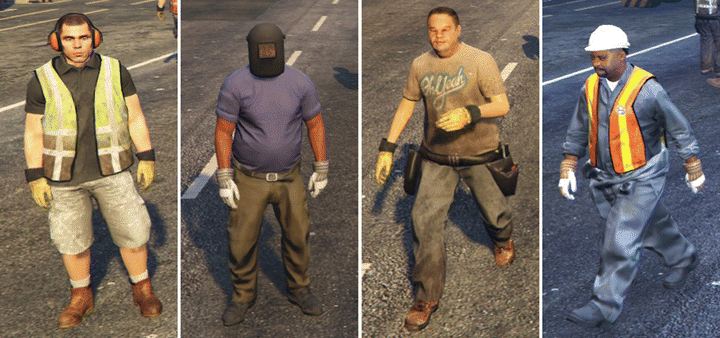Learning accurate personal protective equipment detection from virtual worlds
 Examples of safety equipment objects detected by our system
Examples of safety equipment objects detected by our system
Abstract
Deep learning has achieved impressive results in many machine learning tasks such as image recognition and computer vision. Its applicability to supervised problems is however constrained by the availability of high-quality training data consisting of large numbers of humans annotated examples (e.g. millions). To overcome this problem, recently, the AI world is increasingly exploiting artificially generated images or video sequences using realistic photo rendering engines such as those used in entertainment applications. In this way, large sets of training images can be easily created to train deep learning algorithms. In this paper, we generated photo-realistic synthetic image sets to train deep learning models to recognize the correct use of personal safety equipment (e.g., worker safety helmets, high visibility vests, ear protection devices) during at-risk work activities. Then, we performed the adaptation of the domain to real-world images using a very small set of real-world images. We demonstrated that training with the synthetic training set generated and the use of the domain adaptation phase is an effective solution for applications where no training set is available.